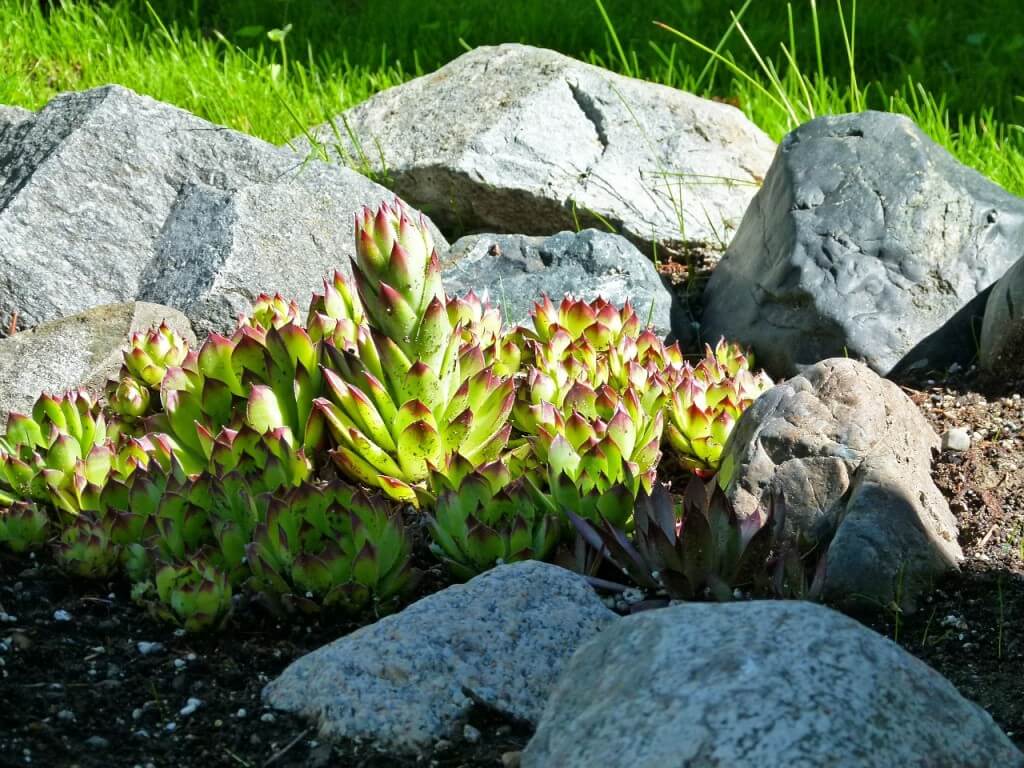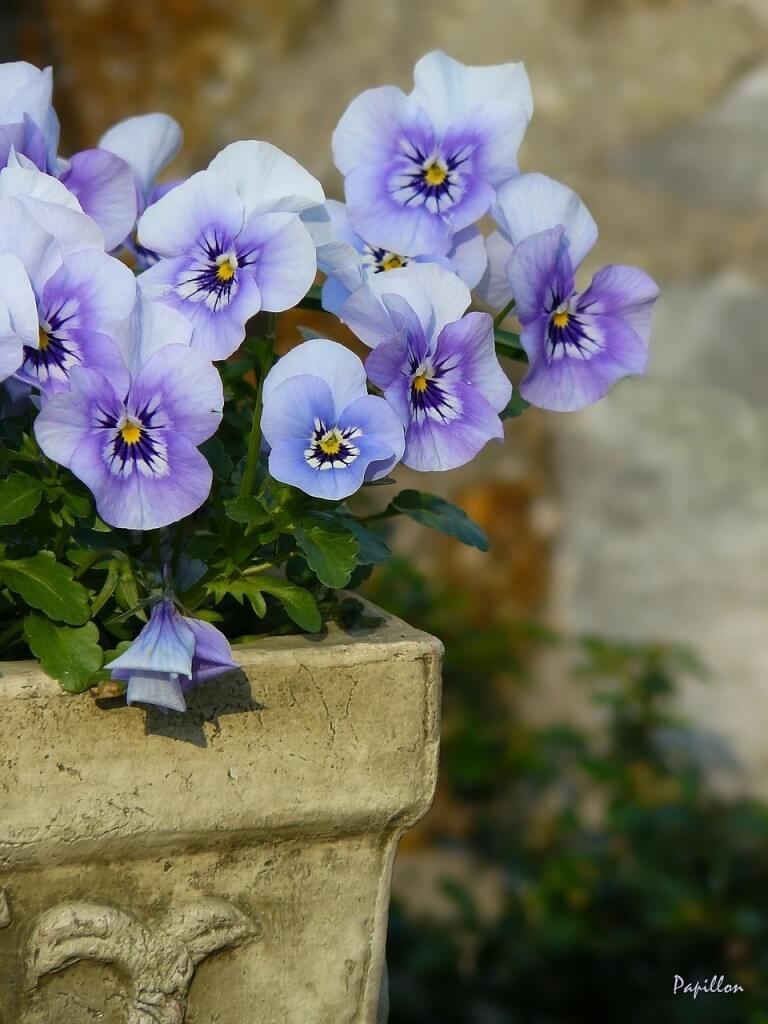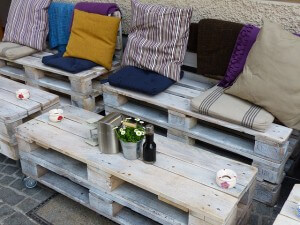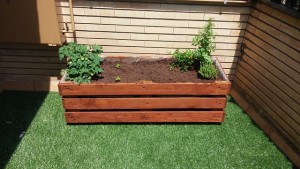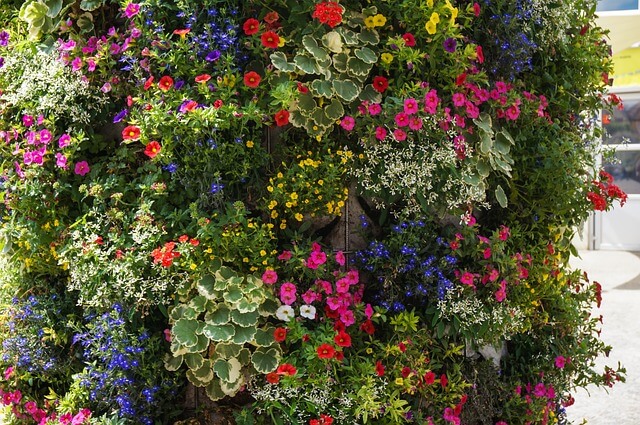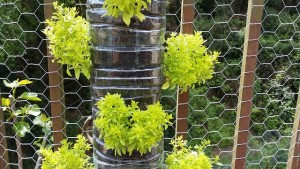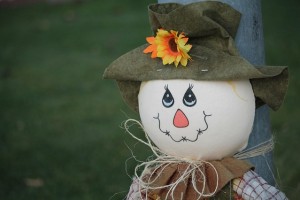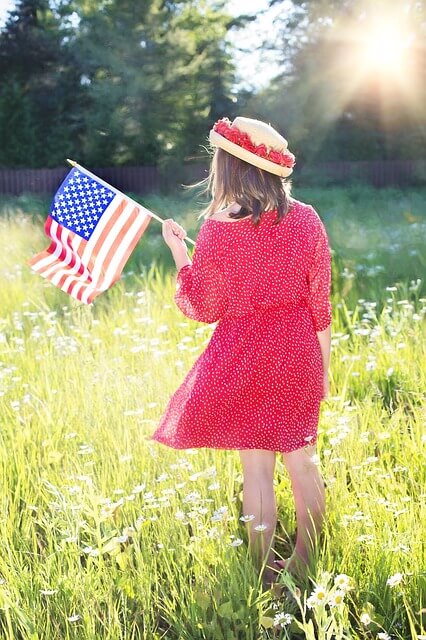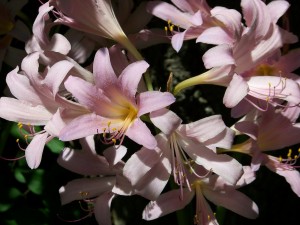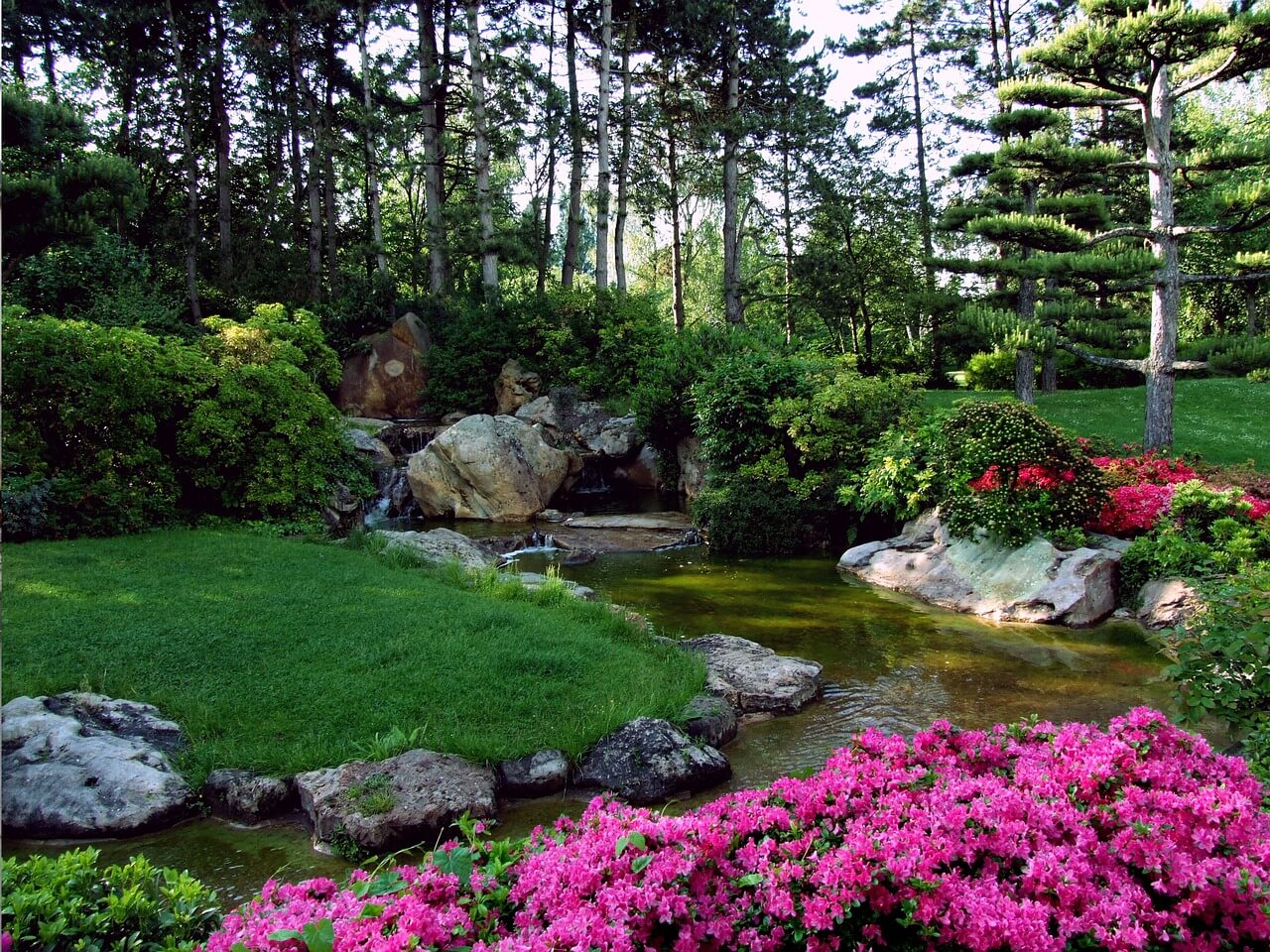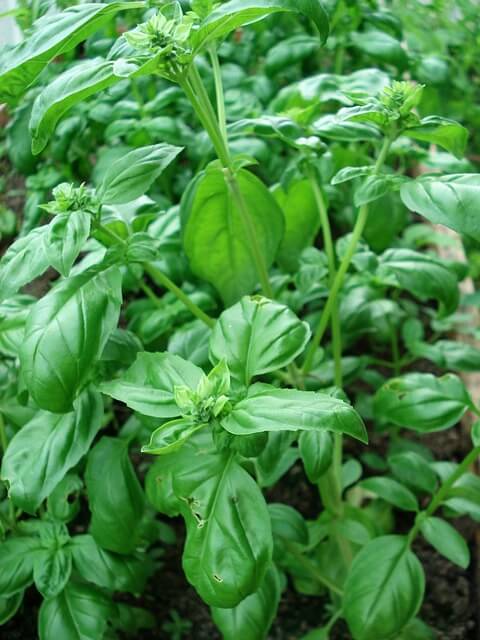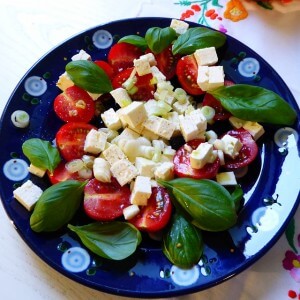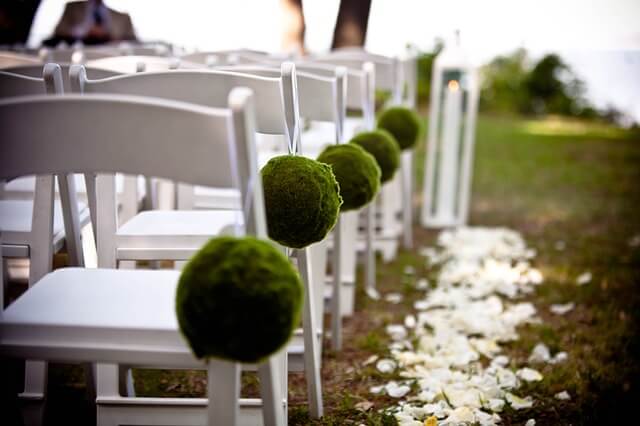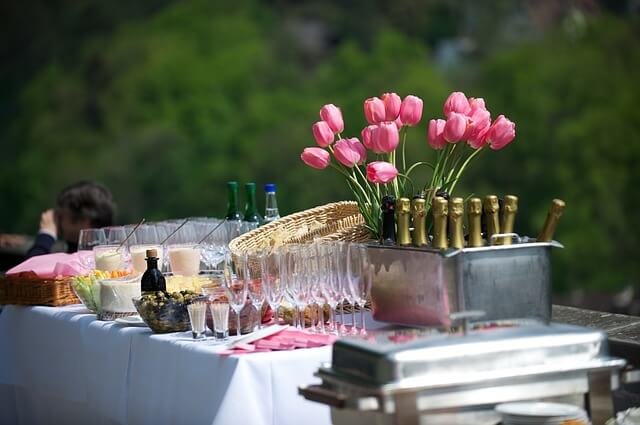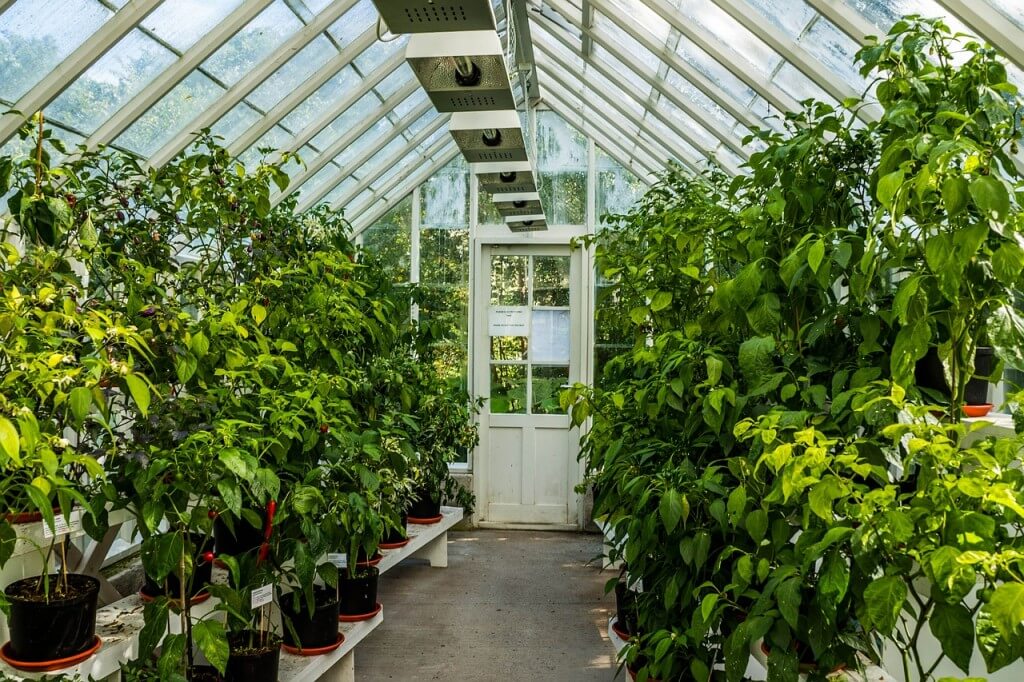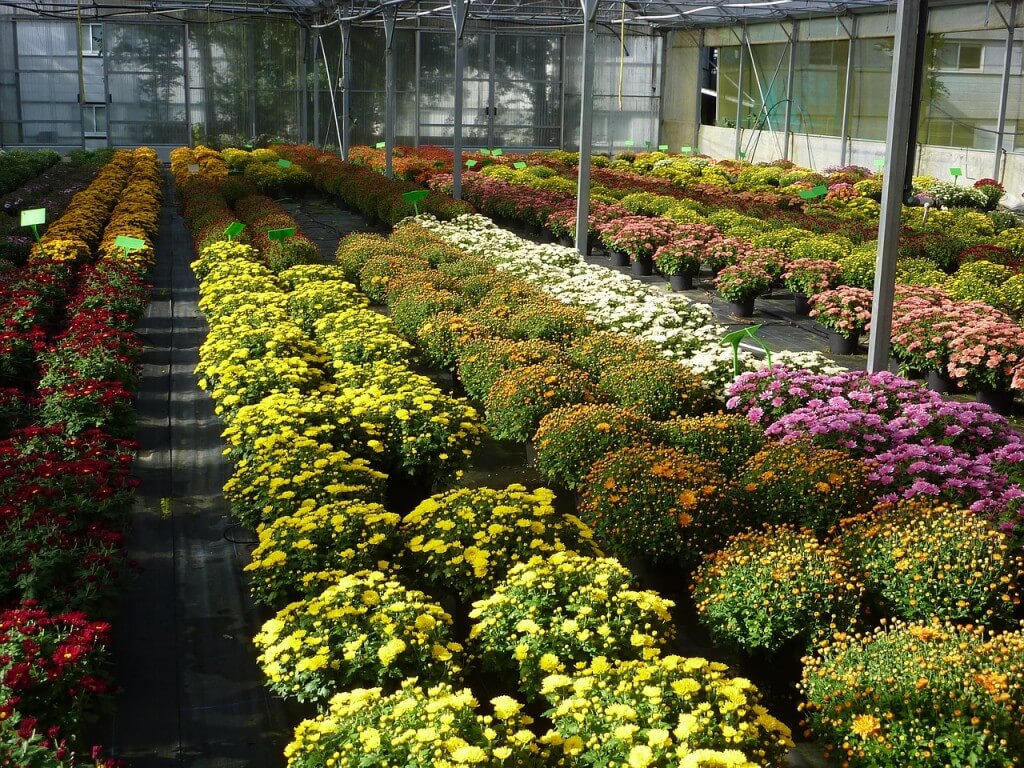Rock gardens are a great and creative way to add unique shapes and textures to a garden landscape while giving it a natural feel! The combination of rocks, plants and flowers is an inexpensive way to enhance the beauty of your rock garden design. To maximize your rock garden, there are four aspects to evaluate; drainage, sunlight exposure, existing house exterior design and trees and flower beds.
Drainage
Rock garden design requires a location that has good drainage. Areas that are slightly raised (like slopes) are perfect for designing attractive rock gardens. Plants may not thrive and/or rot in areas that stay wet for too long!
Sunlight Exposure
Sunlight exposure is usually critical for most plants and flowers although some plants grow well in shade. If your backyard or front yard has bright and shady areas, it is a great idea to design few different rock gardens.
Existing House Exterior Design
A large rock, brick and stone wall look beautiful, natural and enhance the visual appeal of a rock garden design. A good rock garden design requires an attractive background that you can add. A natural rock garden can be created without it. Need some inspiration? Here’s 20 Rock Garden Design Ideas!
Trees and Flower Beds
Trees and flower beds provide colors. And with the changes of the seasons, your rock garden will constantly be interesting, surprising and beautiful! Rock garden plants with an informal design add a natural charm and simplicity yet still looking elegant.
Inspired? Let Whispering Springs help you out. We can create a rock garden for you! Visit our hardscape services page to find out more information, or give us a call at 770-893-1254!



